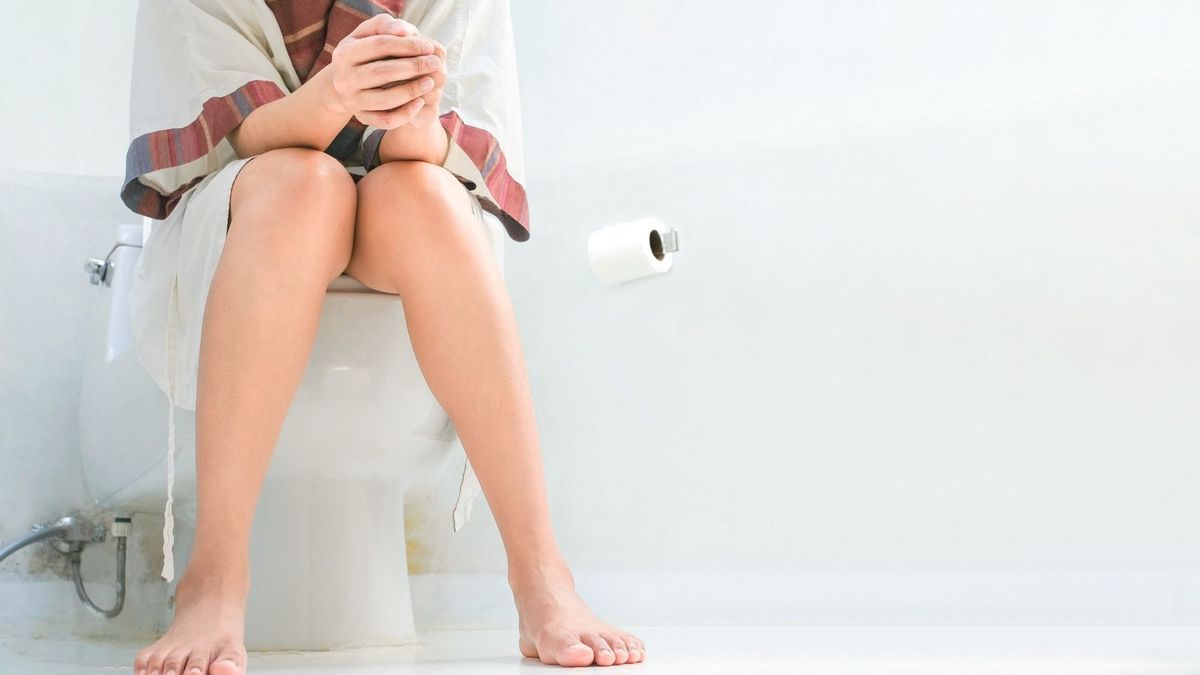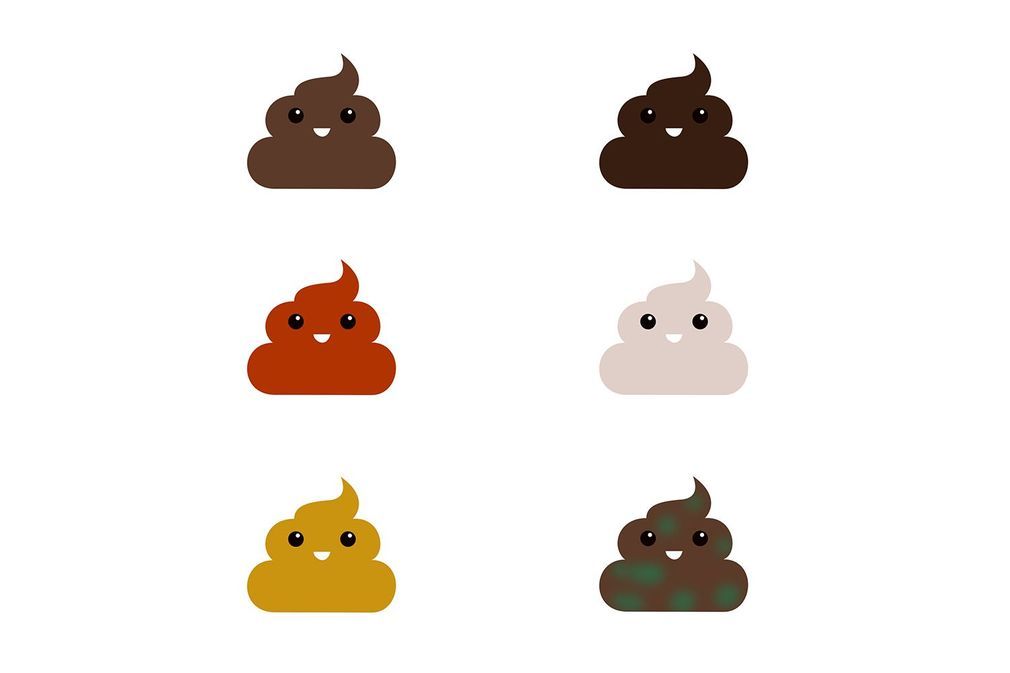
Published on
Updated
The quality of stools is assessed by observing their shape. But coloring is also an important element to take into account to know if a stool is normal or abnormal. In this case, light stools, and more specifically white stools, can be a sign of a health problem. Explanations from Dr Thierry Higuero, gastroenterologist.
What is the normal color of stools?
Stools are composed mainly of water (75%) and biological waste (25%) which are cells from the digestive tract, food residues, bile salts and dead bacteria. A so-called “normal” saddle is a saddle that is brown. It can range from dark brown to light brown.
This brown color is linked to the presence of stercobilin, a pigment excreted in the small intestine via bile. Stercobilin comes from the transformation of bilirubin (pigment resulting from the breakdown of red blood cells) by bacteria of the digestive flora.
What can change the color of stools?
The color of our stools can vary depending on the food ingested, certain drug treatments but also our state of health (diseases, infections, etc.).
Why do I have light stools?
White stools
If your stools are whitish, it means they do not contain stercobilin. Lack of stercobilin is a sign that your bile is not flowing into your intestine or that not enough is being produced. “Putty-white stools are a symptom of an obstacle to the flow of bile into the duodenum, which is the first segment of the small intestine.explains Dr. Higuero.
This blockage may be linked to:
- The presence of stones in the bile ducts;
- Certain cancers of the digestive system (cancer of the pancreatic head, cancer of the bile ducts);
- Hepatitis.
“If bile does not flow well in the digestive tract, it will flow back into the blood. This will cause jaundice, more commonly called jaundice, which corresponds to a yellow or yellowish coloring of the conjunctiva and then of the skin”, indicates the gastroenterologist. The urine may also be very dark.
White stools linked to a liver problem are therefore always associated with jaundice. In this case, you must consult a gastroenterologist urgently. “Generally when the stools are clear, the obstruction of the bile ducts is progressive and not sudden and complete. A blood test must be taken to check for cholestasis and an ultrasound is performed to confirm the obstacle and locate it. An MRI and CT scan of the pancreas may be necessary if a bile duct tumor is suspected.”explains the specialist.
Stools thinned by mucus
The presence of mucus in the stools can make them lighter. The mucus that can be found in our excrement is in fact mucus, a whitish, thick and viscous substance secreted by the mucous membranes of the body. The intestinal mucous membranes produce it to lubricate the walls of the colon and protect them. Mucus in the stools is not serious when it is temporary (observed once and in small quantities).
On the other hand, if you frequently observe phlegm in your stools, this may be a sign of constipation, irritable bowel syndrome or an infection such as salmonellosis or shigellosis. They can also be a sign of inflammation of the colon (Crohn’s disease, ulcerative colitis), the presence of polyps, colon cancer or even cystic fibrosis.
It is recommended to consult a doctor if the amount of mucus in your stools is significant and/or if the mucus is associated with other symptoms (unusual fatigue, stomach aches, rapid weight loss, transit disorder, presence of blood in the mucus…).
Discolored stools in babies: a sign of neonatal cholestasis
Cholestasis is the reduction or cessation of bile flow. It can affect adults but also babies. We then speak of neonatal cholestasis, a rare disease whose incidence is estimated at 1/2500 births. Putty white-gray, very light beige or very pale yellow stools in an infant are a sign that bile is not flowing into the intestine. This is a reason for emergency consultation. As well as jaundice which persists, to be distinguished from physiological jaundice of the newborn which is accompanied by normally colored stools and heals in two weeks.
A dietary imbalance or diarrhea
Stools that become clear without other symptoms are generally not pathological. The origin is rather dietary (a significant consumption of dairy products for example). An episode of diarrhea may also make the stools lighter than usual (light brown). Indeed, in the event of diarrhea, transit is accelerated. However, the faster the stool moves, the less time it has to become loaded with pigments during its journey through the intestines and colon.

